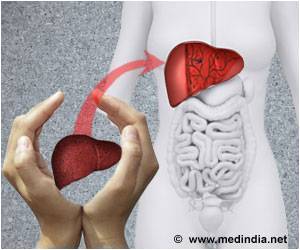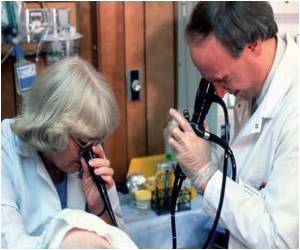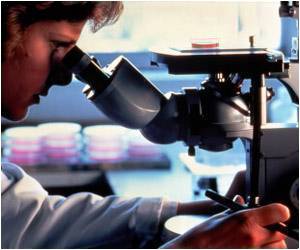Micro-sized 3D organs such as micro hearts, lungs, and livers were build to test the effects of new drugs, chemicals and biological agents on the human body.
Highlights
- Micro-sized 3D organs such as micro hearts, lungs, and livers were build to test the effects of new drugs on the body
- "Body-on-a-chip" system can predict the effects of drugs, chemicals and biological agents on the human body
- Using micro-sized 3D organs helps to understand how an individual's whole body responds to the drug
Body-on-a-chip Can Predict the Effects of Drugs
"Body-on-a-chip" is the goal of this study, which helps in reducing the estimated $2 billion price tag and also the failure rate (90%) that pharmaceutical companies face when they are developing new medications.
Currently, the drug compounds are being screened in the lab, where the research team is using human cells and then later tested in animals.
However, both these methods were found to be not adequate in showing how the drugs affect human organs.
Anthony Atala, M.D., director of the institute and he's also a senior researcher on the multi-institution body on a chip project, funded by the Defense Threat Reduction Agency.
Effects of Using Micro-sized 3D Organs
In previous studies, scientists have combined the cells from multiple organs in a similar system. Whereas, this is the first study that reported success using micro-sized 3D organs that are higher functioning and can model the human body more accurately.
Using 3D printing and other methods, the organs were made from cell types that were found in native human tissue. Heart and liver were selected by the research team, as the toxicity to these organs is a primary reason for the drugs to fail and drug recalls.
Toxic particles can quickly enter into the lungs. For example, aerosol drugs like asthma inhalers. The organoids were placed in a sealed and monitored system, along with a real-time camera.
A nutrient-filled liquid circulates through the system and keeps the organoids alive. This liquid is used to introduce drug therapies into the system, reveals the research team.
The research team first tested the organoids to ensure that they were similar to the human organs. For example, the micro-liver first received a high dose of a common pain reliever. Later, a different drug was given to neutralize the toxic effects.
Aleks Skardal said, "The data shows a significant toxic response to the drug as well as mitigation by the treatment, accurately reflecting the responses seen in human patients."
Aleks Skardal, Ph.D., is an assistant professor at Wake Forest Institute for Regenerative Medicine, who represented the multi-investigator team as the lead author of the paper. However, it is more important to know how an individual's whole body responds to the drug, rather than just the organ.
In many cases, while testing the new drug candidates were found to have toxic effects in tissues, which were not directly targeted by the drugs. This occurred even after the drugs have been approved for use.
Skardal said that screening a drug only in the liver cannot reveal its side effects on other organs.
"By using a multi-tissue organ-on-a-chip system, you can hopefully identify toxic side effects early in the drug development process, which could save lives as well as millions of dollars," said Skardal.
Effects of Drugs on Human Body
The research team has examined in multiple scenarios. This was done to ensure that the "body-on-a- chip" system personates a multi-organ response.
For example, a drug introduced aids in treating cancer into the system, which is known to cause scarring of the lungs. This drug had unexpectedly affected the system's heart, as well. But, in a control experiment, there was no response seen where only the heart has been used.
The research team has theorized that the drug has caused inflammatory proteins from the lungs to be circulated throughout the system, which resulted in increased heartbeats and then stopped altogether that indicated a toxic side effect.
Skardal said that this was unexpected and the type of side effect can be discovered in the drug development pipeline.
The research team is still working to increase the speed of the system for large-scale screening. They are also planning to add additional organs.
Atala said, "Eventually we expect to demonstrate the utility of a body-on-a-chip system containing many of the key functional organs in the human body."
The body-on-a- chip system was found to have the potential for advanced drug screening and can also be used in personalized medicine, which aids in predicting an individual patient's response to the treatment.
Several patent applications have been filed, which comprises of this technology in the manuscript.
Reference
- Aleksander Skardal, Sean V. Murphy, Mahesh Devarasetty, et al. Multi-tissue interactions in an integrated three-tissue organ-on-a-chip platform. Scientific Reports (2017)DOI: 10.1038/s41598-017-08879-x
Source-Medindia











